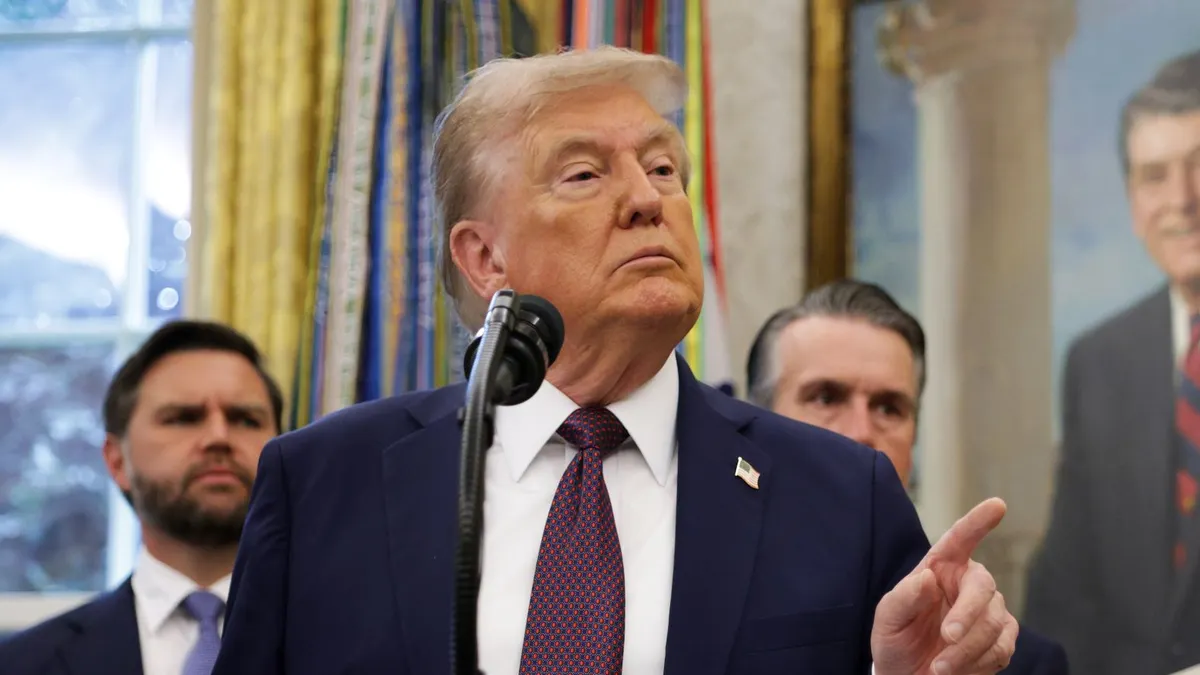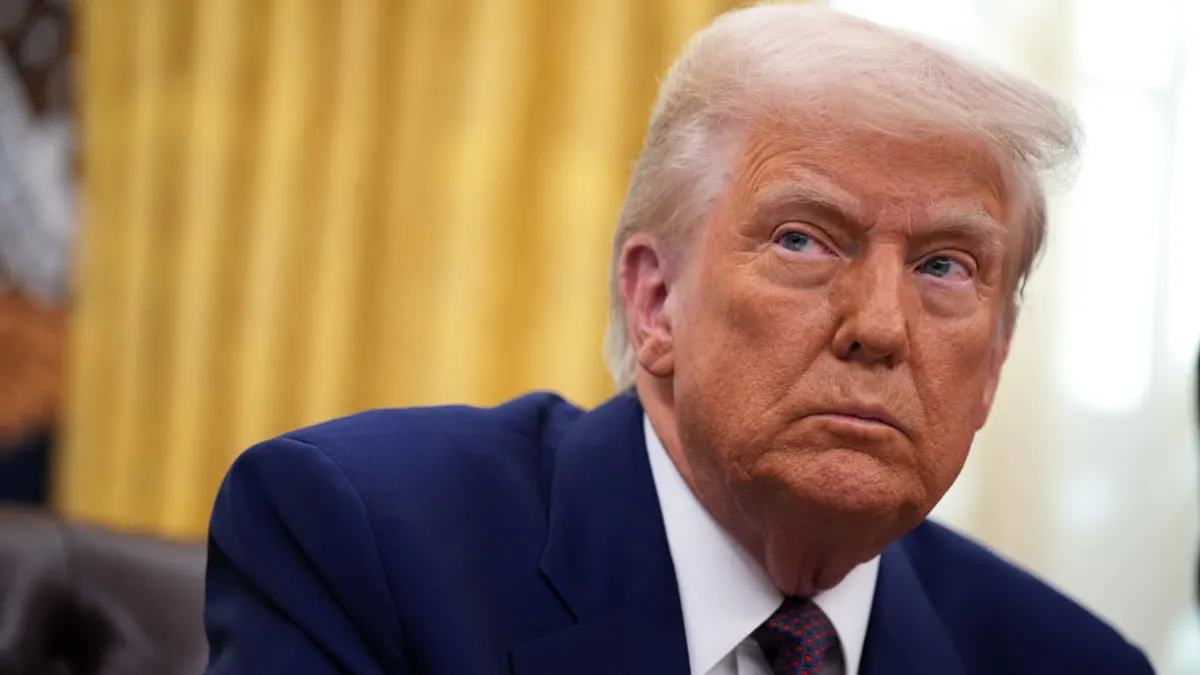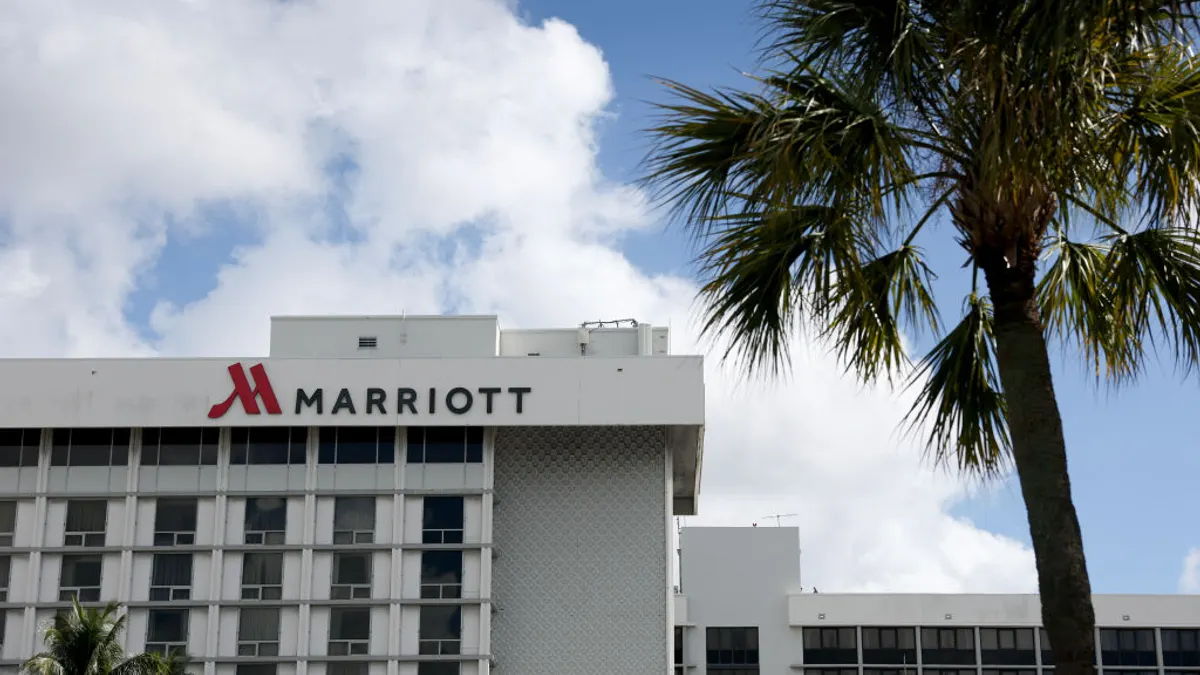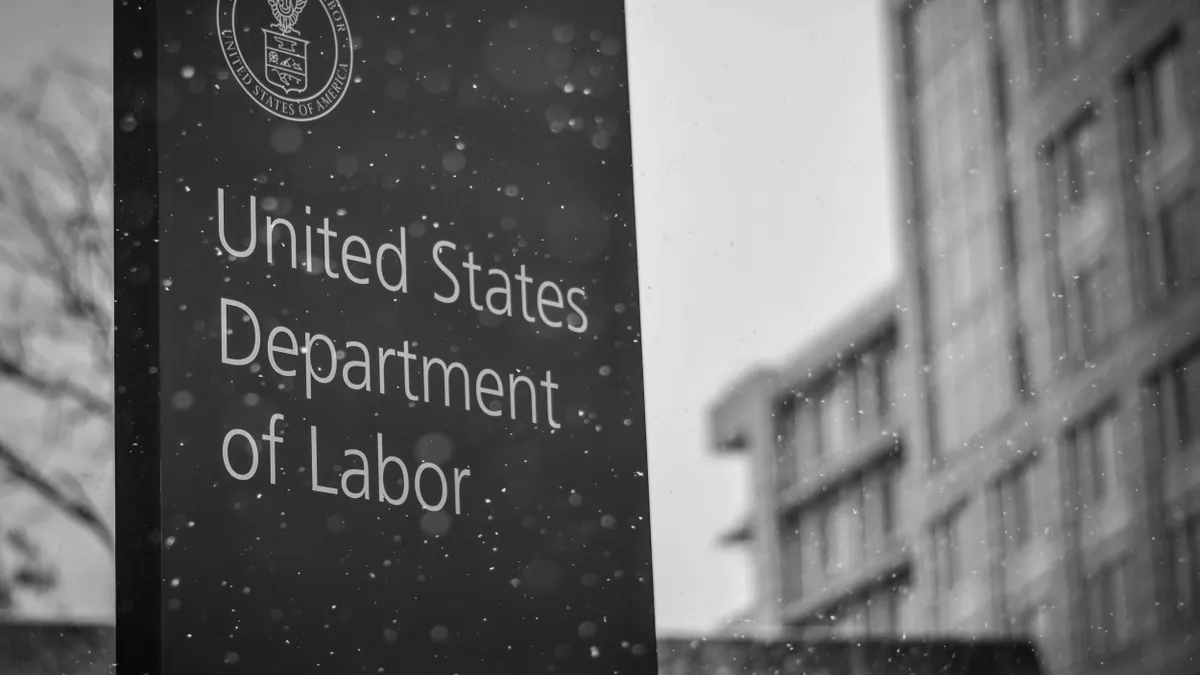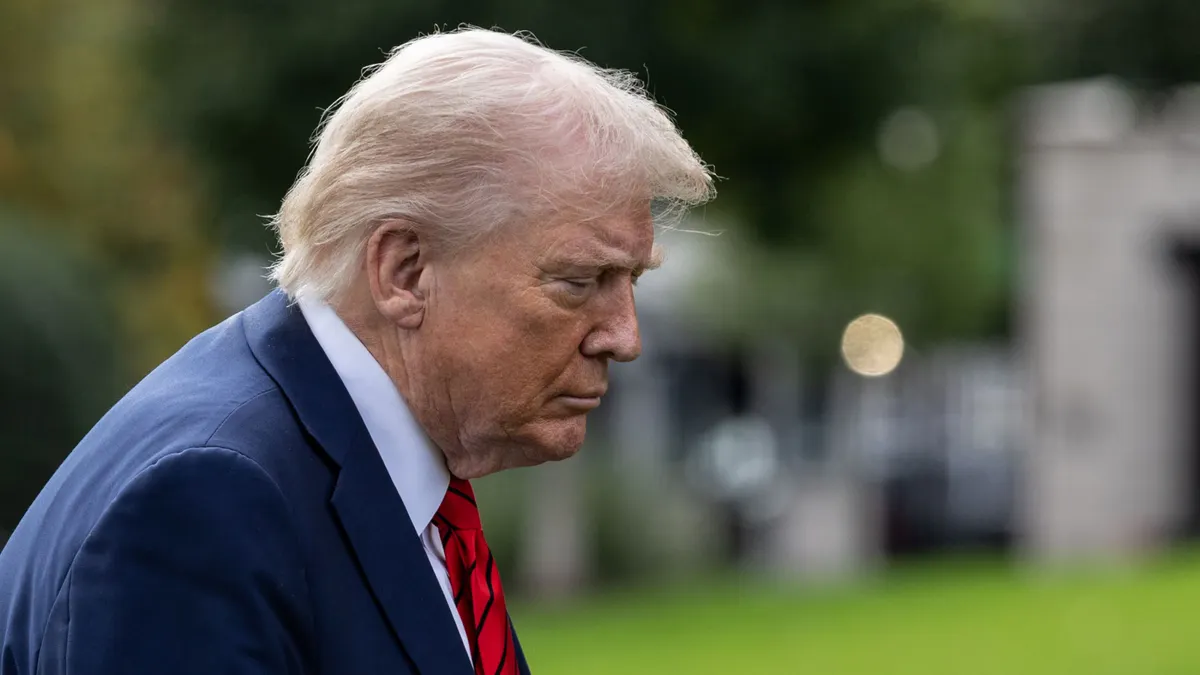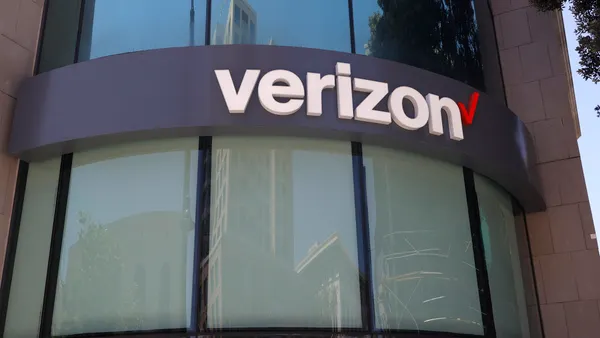The beginning of President Donald Trump’s second presidency has already included “dramatic changes” in labor and employment policy and law — and more are expected, Littler’s Workplace Policy Institute said in its 2025 Labor Day Report, released last week.
“In less than nine months, the new administration has transformed more than six decades of labor and employment policy, and there is no indication that the pace will slow. As key oversight and enforcement agency positions are filled, we anticipate further upheaval,” Shannon Meade, WPI’s executive director, and WPI co-chairs Alex MacDonald and Jim Paretti said in a joint statement.
Some of the changes benefit employers, but “that is not universal,” the authors said. Changes at the federal level also are being counteracted by “so-called ‘blue states’” passing laws in response that either give employees more workplace protections or try to tip the scale back in favor of workers, Littler said.
Littler identified the following trends:
Federal “independent” agencies are in question
Days after taking office, Trump fired a number of officials at the U.S. Equal Employment Opportunity Commission and National Labor Relations Board, among other independent agencies.
Several of those officials have filed lawsuits alleging illegal termination and challenging the president’s authority to remove federal agency leaders. The Trump administration, for its part, has questioned the constitutionality of Humphrey’s Executor v. United States, a 90-year-old U.S. Supreme Court decision that reaffirmed Congress’ power to create independent boards and commissions and denied the president the ability to remove members of those agencies at will.
Meanwhile, the firings have left both EEOC and NLRB without a quorum, limiting what the agencies are permitted to do.
Littler recommends employers watch both for the confirmations of agency nominees and for the Supreme Court’s rulings.
“Ultimately, the Court will have to decide whether these removals were lawful. And if they were, ‘independent’ agencies may be a thing of the past. Instead of exercising independent ‘expertise,’ they may simply track the policy priorities of the incumbent president,” the authors said.
Union membership drops, but legislators consider worker-friendly laws
While unions hold more organizing efforts and elections, their membership continues to fall, and union density dropped to the lowest levels on record in fiscal year 2024, Littler said.
At the same time, more states have passed laws to ban or restrict employer-sponsored meetings, known as “captive audience” meetings, the report said. So far, 13 states have passed legislation, including most recently Rhode Island.
The authors warned that these laws “restrict employers’ ability to share their views and express themselves freely in the workplace” and “also place them at a significant disadvantage when facing a rapidly developing unionization campaign.”
At the federal level, lawmakers are considering the Faster Labor Contracts Act, which was proposed in the spring to speed up labor-management negotiations, Littler said.
“The bill is mostly supported by Democrats and is strongly opposed by the business community, not only because it speeds up the process of collective bargaining, but because the bill would for the first time allow outsiders to compel employers to agree to specific bargaining agreements,” the authors said.
Trump administration pushes to eliminate diversity, equity and inclusion programs
Trump has targeted DEI programs and has instructed “federal agencies throughout the government to focus their efforts on eliminating DEI programs as aggressively as possible,” Littler said.
“How these efforts fare in the courts, how aggressively the administration continues to press the issue, and what various federal government agencies do to advance this agenda — and what states do in response — all remain to be seen,” the report said.
However, given how high-profile DEI cases have been, the authors said that “employers in all sectors that maintain DEI initiatives are advised to consult with counsel and stay current on developments.”
Changes to overtime and worker classification
In the report, Littler questioned what approach the Trump administration would take regarding the white-collar overtime threshold, which was raised by a Biden administration rule in 2024 and later vacated by a federal judge.
“The question now is whether the second Trump administration will abandon the appeal and allow the 2019 rule to remain in effect, or will it revisit and attempt to increase that 2019 threshold?”
On Sept. 4, days after the report was issued, the U.S. Department of Labor confirmed that it intends to revisit its overtime regulations under the Fair Labor Standards Act. DOL did not give a timeline for action but said it was reviewing the Biden administration’s 2024 overtime rule and is “determining how to proceed.” The administration has already appealed one federal court decision that vacated the 2024 rule to the 5th U.S. Circuit Court of Appeals.
Littler also predicted that the federal government appeared “ready to loosen classification rules to allow more workers to be classified as [independent] contractors.” DOL on Sept. 4 confirmed that it expected to publish updated independent contractor rulemaking by the end of the month.
Blue states are responding, Littler said, by adopting standards “more likely to result in traditional employee status.”
Immigration enforcement is a priority
The Trump administration’s immigration-related policy changes — and related enforcement actions — mean employers should expect more I-9 audits and workplace raids, Littler said.
“Tighter enforcement measures will require greater vigilance from human resource departments in completing and maintaining employment authorization documentation for employees. At the same time, employers may face greater difficulty hiring talent outside the United States given stricter interpretations of immigration processing rules and procedures,” the authors said.
Wells Fargo economists said in a June report that increased immigration “went a long way toward alleviating … historic labor shortfalls,” especially during the COVID-19 pandemic. Likewise, staffing problems that have long troubled the long-term care industry are being exacerbated by immigration changes, and the construction industry expects to see similar labor challenges.
Artificial intelligence regulations are patchwork
The new administration has emphasized “deregulation and technological competitiveness” when it comes to AI, a departure from the Biden administration, the report said. In response, states and localities are taking “the lead in shaping AI-related employment law” to combat potential algorithmic bias, transparency and worker surveillance.
“For employers, this evolving patchwork of regulations raises important questions about risk, responsibility, and compliance in the age of AI,” the authors said.
For that reason, employers should make sure their AI ethics policies are flexible and evolving, a CEO of an AI software company recently told HR Dive.
“A static AI policy will be outdated before the ink dries,” he said. “Treat it like a living playbook that evolves with the tech, the regulations, and the needs of your workforce.”



